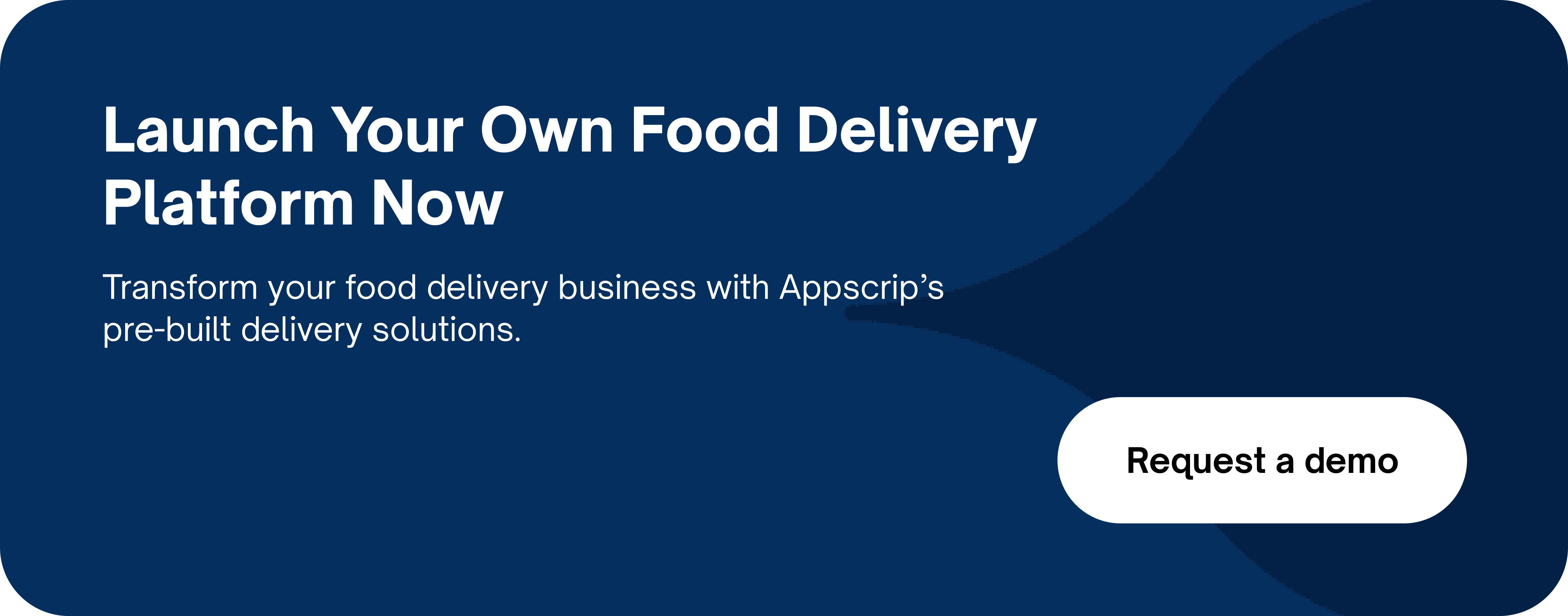In the fast-paced world of online food delivery, Eat24 has emerged as a key player, providing a seamless and convenient experience to millions of users worldwide. This success, however, is not solely due to an innovative business model and strategic partnerships. At its core, the Eat24 tech stack plays a pivotal role in enabling the platform to meet the ever-evolving demands of the market.
In this article, we will delve into the intricate layers of the Eat24 tech stack, dissecting the various components that contribute to the platform’s efficiency, scalability, and reliability. From backend infrastructure and databases to front-end frameworks and mobile app development, we will uncover the essential tools and technologies that have shaped Eat24 into the food delivery giant it is today. So, join us on this fascinating journey as we unravel the technical secrets behind Eat24’s unparalleled success.

Frontend technologies of Eat24 Tech Stack
Eat24 has a robust frontend tech stack that ensures a seamless user experience and visually appealing interface. In this section, we will explore the various components of Eat24’s frontend tech stack.
HTML5: As the core markup language for building web pages, HTML5 provides the structure for Eat24’s website and app. It ensures that all content is organized and easily accessible, allowing users to navigate the platform with ease.
CSS3: CSS3 is responsible for the visual presentation of Eat24’s platform. It helps create a consistent and visually appealing design across all devices and screen sizes, ensuring a professional appearance and user-friendly interface.
JavaScript: JavaScript is a versatile programming language that enables interactive features and dynamic content on Eat24’s platform. It plays a crucial role in enhancing user experience by making the platform more responsive and engaging for its users.
React: Eat24 uses React, a popular JavaScript library, to build its user interface components. React allows for efficient rendering and updating of the platform’s UI, ensuring a smooth and fast user experience.
Redux: To manage the complex state of Eat24’s frontend application, Redux is employed. It is a predictable state container for JavaScript apps that helps maintain consistency across the platform and simplifies debugging.
Webpack: Eat24 tech stack utilizes Webpack, a powerful module bundler, to combine and optimize its frontend resources. This ensures faster page load times and better performance, ultimately improving the overall user experience.
Sass: To streamline the styling process and maintain a consistent design across the platform, Eat24 employs Sass, a popular CSS pre-processor. It simplifies code organization and allows for better maintainability.
Read more: Food Delivery Business Model | Cooking Up Profits
Backend technologies of Eat24 Tech Stack
Eat24’s backend tech stack plays a vital role in ensuring smooth and efficient operations for its online food delivery platform. The backend tech stack handles data processing, server-side logic, and communication between various components of the application. Some key components in Eat24’s backend tech stack include:
Django: Django is a high-level Python web framework that encourages rapid development and clean, pragmatic design. It provides Eat24 with a robust set of tools to build scalable and secure web applications, allowing for faster development and easier maintenance.
PostgreSQL: PostgreSQL is an open-source relational database management system (RDBMS) that provides advanced features and performance optimization. Eat24 uses PostgreSQL as its primary database to store and manage data, ensuring efficient data retrieval and storage.
Redis: Redis is an in-memory data store that is used for caching and message brokering. Eat24 uses Redis to improve app performance by caching frequently accessed data and managing asynchronous tasks, ensuring a fast and responsive user experience.
Nginx: Nginx is a high-performance web server and reverse proxy server designed to handle a large number of connections. Eat24 utilizes Nginx as a reverse proxy for load balancing and handling incoming requests, enhancing the stability and performance of their platform.
AWS (Amazon Web Services): AWS is a suite of cloud computing services that provides a reliable, scalable, and cost-effective infrastructure for web applications. Eat24 leverages AWS services such as EC2, S3, and RDS to host and manage their backend infrastructure, allowing them to scale resources on demand and ensure high availability.
Celery: Celery is a distributed task queue that allows for asynchronous processing of tasks. Eat24 uses Celery to handle background tasks and manage long-running processes, improving overall system performance and efficiency.
Docker: Docker is a platform that enables developers to create, deploy, and manage containerized applications. Eat24 uses Docker to streamline the deployment process and manage dependencies, ensuring a consistent and stable environment across development, staging, and production environments.
Kubernetes: Kubernetes is an open-source container orchestration platform for automating deployment, scaling, and management of containerized applications. Eat24 tech stack utilizes Kubernetes to manage its Docker containers, enhancing the scalability and reliability of its backend infrastructure.
Read more: Online Homemade Food Delivery – A Perfect Recipe For Success

Infrastructure technologies of Eat24 Tech Stack
Eat24’s cloud infrastructure tech stack is a crucial component of its online food delivery platform, enabling scalability, efficiency, and flexibility. It is built on these key layers: event streaming, operational databases, and DevOps. These layers work together to ensure a seamless experience for customers and maintain a competitive edge in the market.
Event Streaming: Event streaming is essential for real-time data processing and communication within the Eat24 tech stack. Tools like Apache Kafka and AWS Kinesis help manage the flow of data between the frontend, backend, and third-party integrations, enabling real-time updates and notifications for customers, as well as efficient data analysis for business insights.
Operational Databases: Eat24 uses a combination of PostgreSQL and Redis to store and manage data within their platform. PostgreSQL is a powerful, open-source relational database management system that provides reliability, data integrity, and support for complex queries. Redis, on the other hand, is an in-memory data structure store used for caching and real-time processing, helping to improve performance and reduce response times in Eat24’s platform.
DevOps: A DevOps approach is crucial for maintaining a streamlined, efficient, and agile development process. Eat24 employs tools like Docker and Jenkins to manage and automate their development pipeline, ensuring rapid deployment of new features and consistent software quality.
By adopting a robust cloud infrastructure tech stack with a focus on these key layers, Eat24 has successfully transitioned to a modern, cloud-based platform. This has enabled them to keep up with the demands and expectations of customers, as well as maintain a strong presence in the competitive online food delivery industry.
Conclusion
Eat24’s innovative and robust tech stack has played a critical role in solidifying its position in the highly competitive online food delivery industry. By harnessing the power of infrastructure automation, event streaming, operational databases, and DevOps, Eat24 has created a flexible, scalable, and reliable platform that can easily adapt to changing market demands.
The tools and technologies employed, such as AWS CloudFormation, Terraform, Kubernetes, Apache Kafka, AWS Kinesis, PostgreSQL, Redis, Docker, and Jenkins, are instrumental in driving the company’s growth and success. As a result, Eat24 tech stack has set a high standard for modern cloud-based infrastructure and serves as an excellent example for other businesses looking to build similarly powerful and efficient tech stacks.










